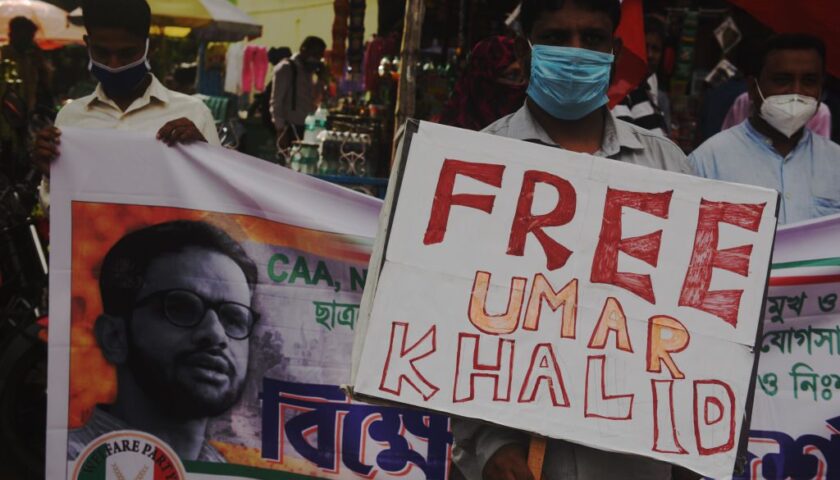How Kashmir Attack Victim’s Widow Went from Symbol of Tragedy to Trolling Target
The tragic story of Himanshi Narwal, the widow of a naval officer killed in the Pahalgam attack, has taken a heartbreaking turn. Initially seen as a symbol of grief and resilience, she has now become the target of online trolling.
Two weeks ago, a widely shared photograph captured Himanshi sitting beside her husband’s body, mourning his loss. Her husband, Vinay Narwal, was among the 26 civilians killed in the April 22 militant attack in Kashmir. The couple had been married for less than a week and were on their honeymoon when tragedy struck.
However, the tide of public sentiment shifted when Himanshi called for peace instead of revenge. At a blood donation camp held in her husband’s memory, she urged people not to target Muslims or Kashmiris, emphasizing that justice should be served without fueling communal hatred.
The Backlash: From Mourning to Online Hate
Her appeal for peace was met with vicious trolling. Many who had initially sympathized with her loss turned against her, accusing her of dishonoring her husband’s memory. Some spread false claims about her personal life, while others questioned her right to speak about the tragedy since she had only been married for a few days.
The online abuse escalated quickly, with trolls attacking her character and questioning her patriotism. Some accused her of being “soft on terror,” while others suggested she had ulterior motives for making her statement.
Support & Condemnation
India’s National Commission for Women (NCW) condemned the trolling, calling it “extremely reprehensible and unfortunate”. Journalist Namita Bhandare pointed out that Himanshi was targeted simply because she refused to succumb to the narrative of revenge.
Himanshi’s ordeal highlights the darker side of social media, where victims can quickly become targets of hate and misinformation. Despite the backlash, she remains steadfast in her call for peace and justice.
The Role of Social Media in Shaping Narratives
Social media has the power to amplify voices, but it also has the potential to distort narratives. In Himanshi’s case, her grief was initially met with widespread sympathy, but the moment she expressed a perspective that challenged the dominant sentiment, she became a target.
This phenomenon is not new. Many individuals who advocate for peace in the wake of violence often face backlash from those who believe that anger and retaliation are the only acceptable responses.
Bottom-Line
Himanshi Narwal’s story is a stark reminder of how quickly public sentiment can shift in the digital age. From being a symbol of tragedy, she became a target of online hate, simply for advocating peace.
Her resilience in the face of adversity is commendable, and her story raises important questions about freedom of expression, online harassment, and the role of social media in shaping public discourse




